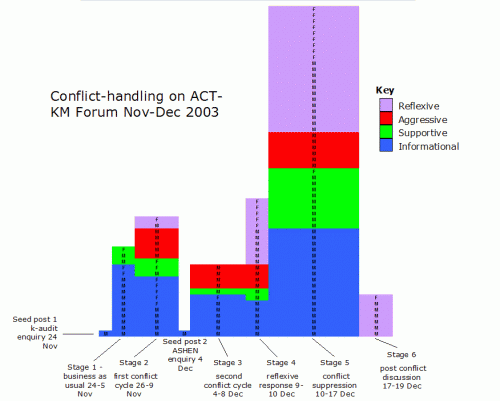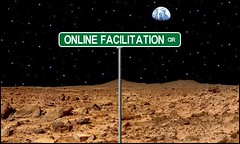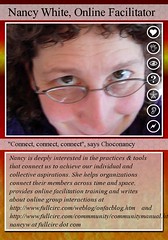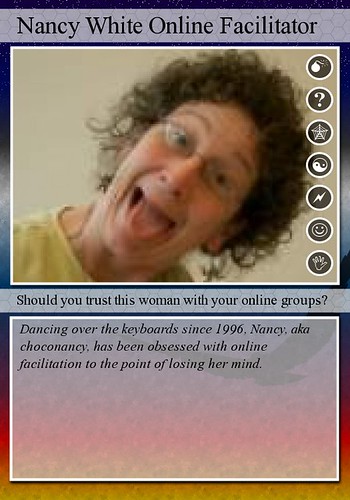
Bev is my new tool experiment-instigator
What is a blog? Loving the Remixes
Creating Passionate Users Blog and Community Indicators
Information Visualization
del.icio.us/tag/mindmapping
Conflict, Gender and Identity in Online Communities
Dunbar's Number and More on Group Sizes Online
Online Community Responses
Jim Takes O'Reilly to Task
My Second Year Blogaversary - May 26
Online Facilitator Card #2
Is Lurking "Legitimate Peripheral Participation?"
Caring for the bodies of online creatures
Online Facilitator Trading Cards
Network Weavers and Online Facilitators
Testing Blogroll Alternatives
Visual Thinking Art: A Game!
ChipIn - Another Get N Give
How can our online networks help heal community wounds?
Female-Name Chat Users Get 25 Times More Malicious Messages
Excerpts from the Writings of Victor Turner
First Monday: Zones of silence
Beth's Blog: NpTag Tag and Nonprofit Collaborative Tag Project
Google Jockeying from Educase
How much is my swicki worth?
Past mother's day, but I love this photo
Vyew.com - Visual Whiteboard Collaboration
SCoPE: Seminars: SCoPE Seminar: Informal Learning: May 15 - June 4, 2006
New Edition of the KM for Development Journal
It is KEWL and KINKY: Collaboration Software
Blogstory - Chapter 16 is Up
Beyond Text: using your voice online
Microsoft Social Computing Symposium
Purple Mice and Sore Hands
del.icio.us/network/choconancy
InkWell: A Conversation about the FotoLog Community
Updating Old Articles - Tool Tour - Can you Help?
Euan Semple: All you need is love
Skypecasting: Robin Good Explains it All
IMARK - Building Electronic Communities
Thinking about Monitoring and Evaluation


















